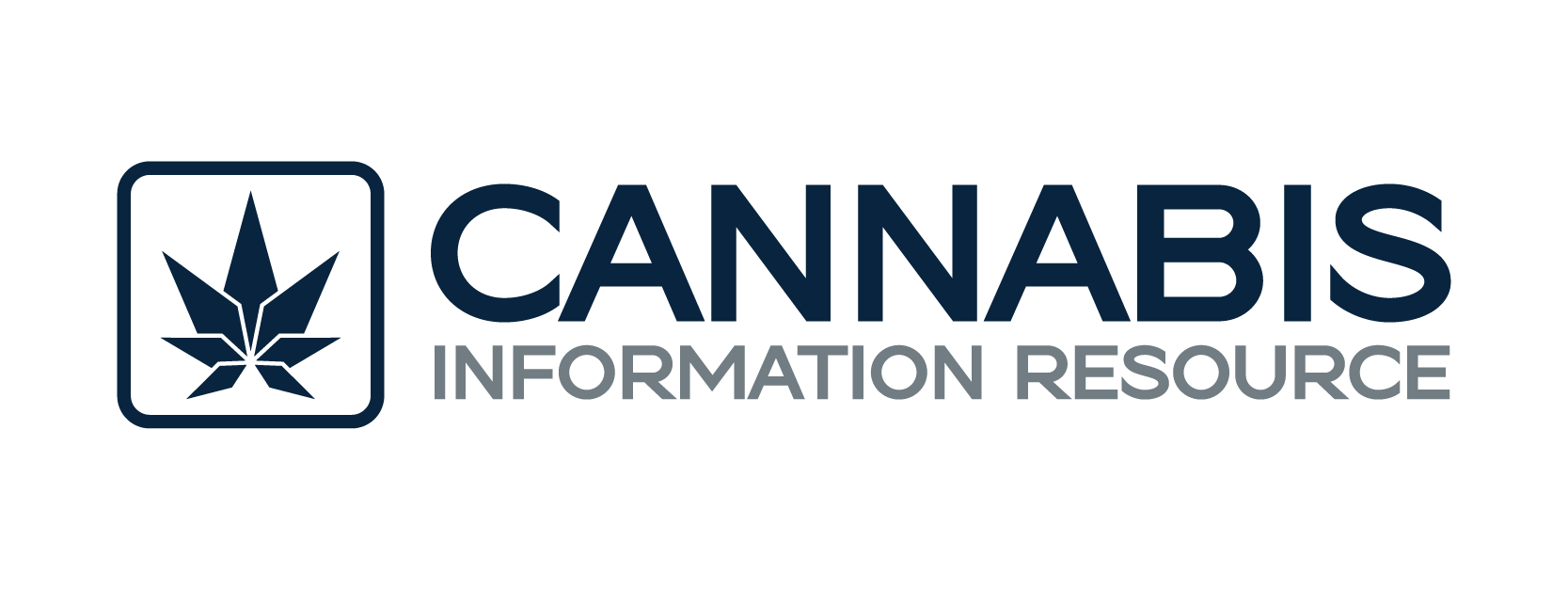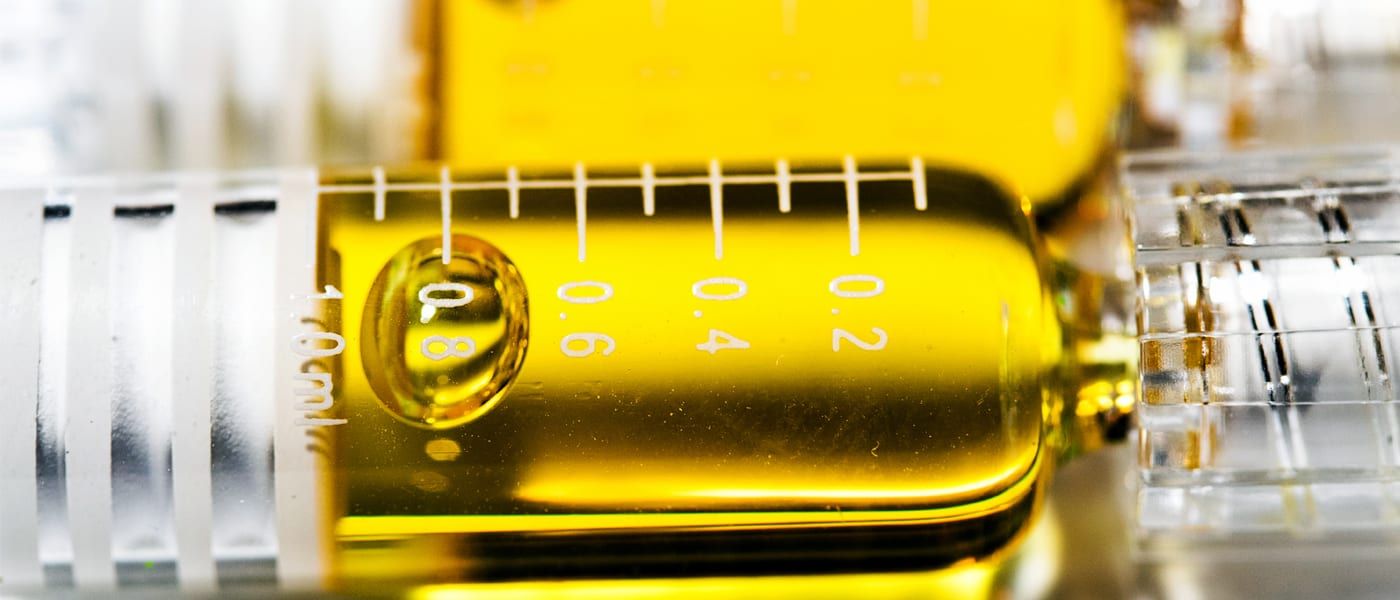When it comes to cannabis, two compounds usually steal the spotlight: THC and CBD. They may come from the same plant, but their effects, uses, and reputations could not be more different. For both new and experienced consumers, understanding how these cannabinoids work can make the difference between a relaxing, beneficial experience and one that feels overwhelming or disappointing.
The Basics of THC and CBD
THC, short for tetrahydrocannabinol, is the compound responsible for the plant’s well-known psychoactive effects. It binds directly to CB1 receptors in the brain, producing euphoria, relaxation, and changes in perception. This is what most people think of when they hear the word “high.”
CBD, or cannabidiol, works differently. Instead of binding tightly to receptors, it modulates the endocannabinoid system indirectly. As a result, CBD does not create intoxication. Instead, it is often associated with calming effects, relief from discomfort, and a sense of balance without impairment.
Both THC and CBD are just two among more than 100 cannabinoids found in cannabis. But their abundance and distinct profiles make them the most studied and widely used.
How They Differ in Effects
The most obvious difference is psychoactivity. THC alters consciousness, which can make some consumers feel joyful, giggly, or deeply relaxed. Others may find high doses bring anxiety or paranoia. The experience often depends on tolerance, setting, and the specific strain.
CBD, in contrast, won’t change perception in the same way. Instead, it can soften stress, ease muscle tension, or support sleep without impairing daily functioning. Many consumers even take CBD during the workday or before workouts, something that wouldn’t be possible with high levels of THC.
Another key difference lies in how each interacts with other compounds. For example, research suggests CBD can temper some of THC’s less desirable effects, such as racing thoughts or anxiety. This is one reason why balanced cannabis products—those containing both THC and CBD—are growing in popularity.
Potential Benefits and Uses
THC has been studied for its ability to:
- Relieve pain, especially from conditions like arthritis or neuropathy.
- Stimulate appetite, which is useful for patients undergoing chemotherapy.
- Reduce nausea and vomiting.
- Support sleep in those struggling with insomnia.
CBD, on the other hand, is often chosen for:
- Reducing inflammation and discomfort from chronic conditions.
- Calming anxiety and stress.
- Supporting recovery after exercise.
- Offering neuroprotective properties, with ongoing research into epilepsy, multiple sclerosis, and more.
It’s worth noting that many consumers find the greatest benefit when both compounds are present. This “entourage effect” suggests cannabinoids and terpenes work synergistically, creating more profound results than any single compound alone.
Consumption Methods
Both THC and CBD can be consumed in a variety of ways, and the method often influences the effect.
- Inhalation (smoking or vaping): Delivers rapid effects, usually within minutes. THC inhalation is common for quick relief, while CBD flower or vape cartridges appeal to those who want fast-acting calm.
- Edibles: Gummies, chocolates, and beverages offer longer-lasting effects, but onset can take 30–90 minutes. THC edibles are more potent and sometimes overwhelming for new consumers, while CBD edibles are seen as gentler.
- Topicals: Creams, balms, and lotions infused with either compound are applied directly to the skin. They are popular for localized relief without psychoactive effects.
- Tinctures and oils: Dropped under the tongue for relatively fast absorption, they allow precise dosing and balanced formulas.
Choosing a method often depends on lifestyle, personal goals, and desired onset time.
Legal and Safety Considerations
Another important difference is legality. THC remains federally illegal in the United States, though more than half of states have legalized it in some form. CBD derived from hemp (with less than 0.3% THC) is federally legal, but state laws vary. Consumers should always check their local regulations before purchasing.
Safety is also a factor. THC, while not considered lethal, can impair coordination, reaction time, and judgment—making activities like driving unsafe. CBD generally has a strong safety profile, but it can interact with certain medications, such as blood thinners. Consulting with a healthcare provider is recommended, especially for medical use.
Finding the Right Balance
For new consumers, the advice “start low and go slow” applies strongly to THC. Beginning with a small dose allows the body to adjust and helps avoid uncomfortable experiences. CBD, by contrast, is often started at moderate doses and adjusted upward to find the sweet spot.
Experienced consumers often experiment with ratios, such as a 1:1 blend of THC and CBD, or products where CBD is dominant. These ratios can help achieve desired effects while minimizing drawbacks.
Ultimately, cannabis is highly personal. What feels calming to one person may feel stimulating to another. Factors like body chemistry, tolerance, and environment all play a role.
Looking Ahead
As cannabis research continues to grow, so does the understanding of how THC and CBD interact with the human body. New product innovations, from nano-emulsion beverages to precision-dosed capsules, are making it easier for consumers to tailor their experience.
For both beginners and seasoned users, the key lies in education. Knowing the differences between THC and CBD, along with their potential benefits and risks, empowers consumers to make informed choices that fit their lifestyle and wellness goals.

